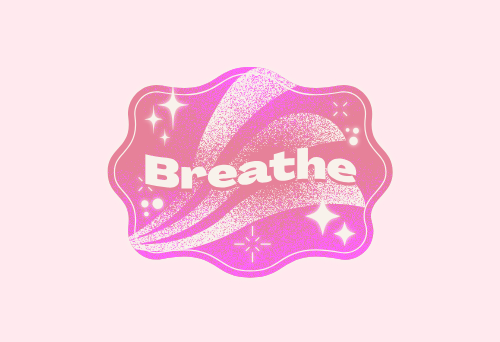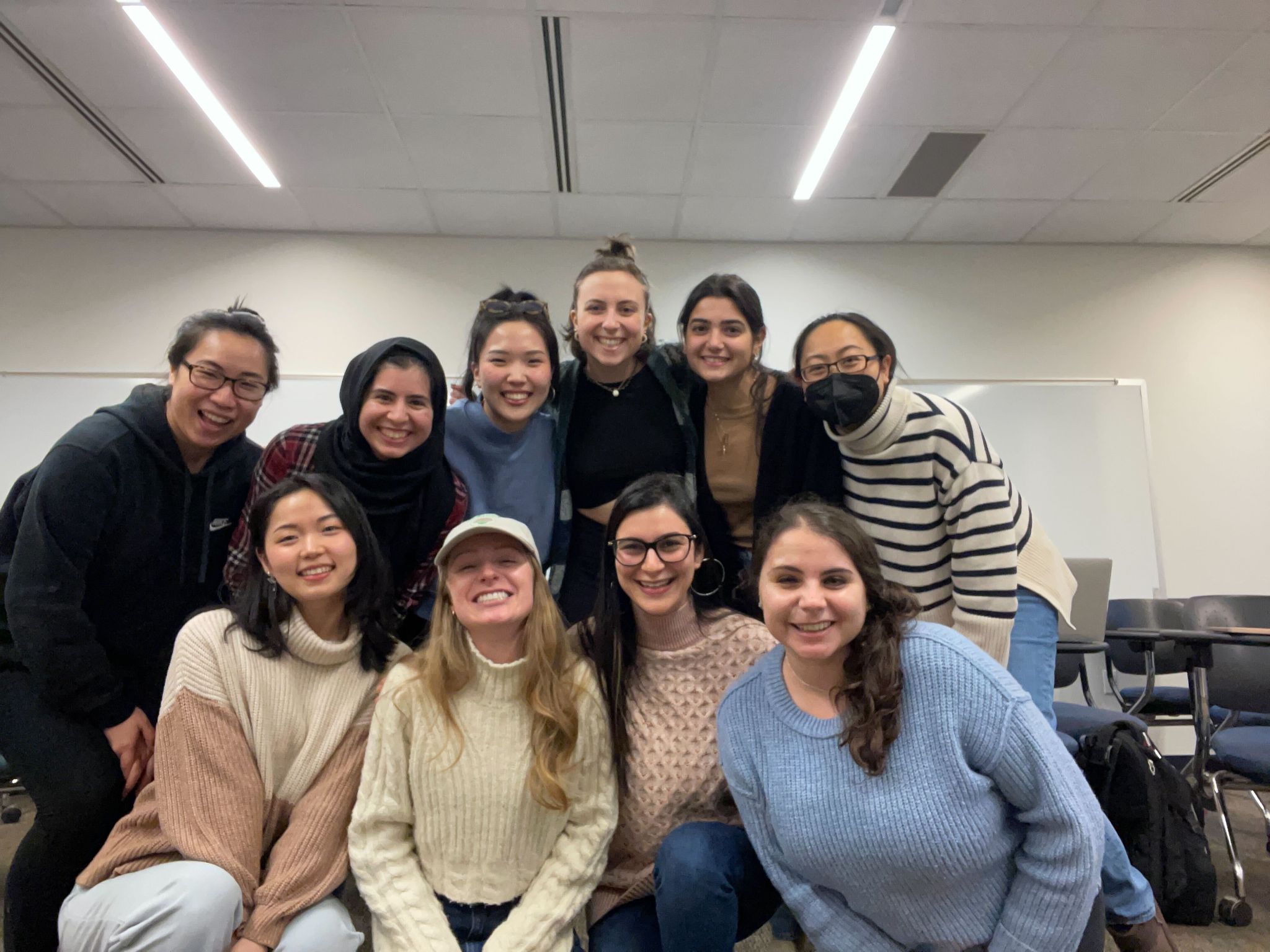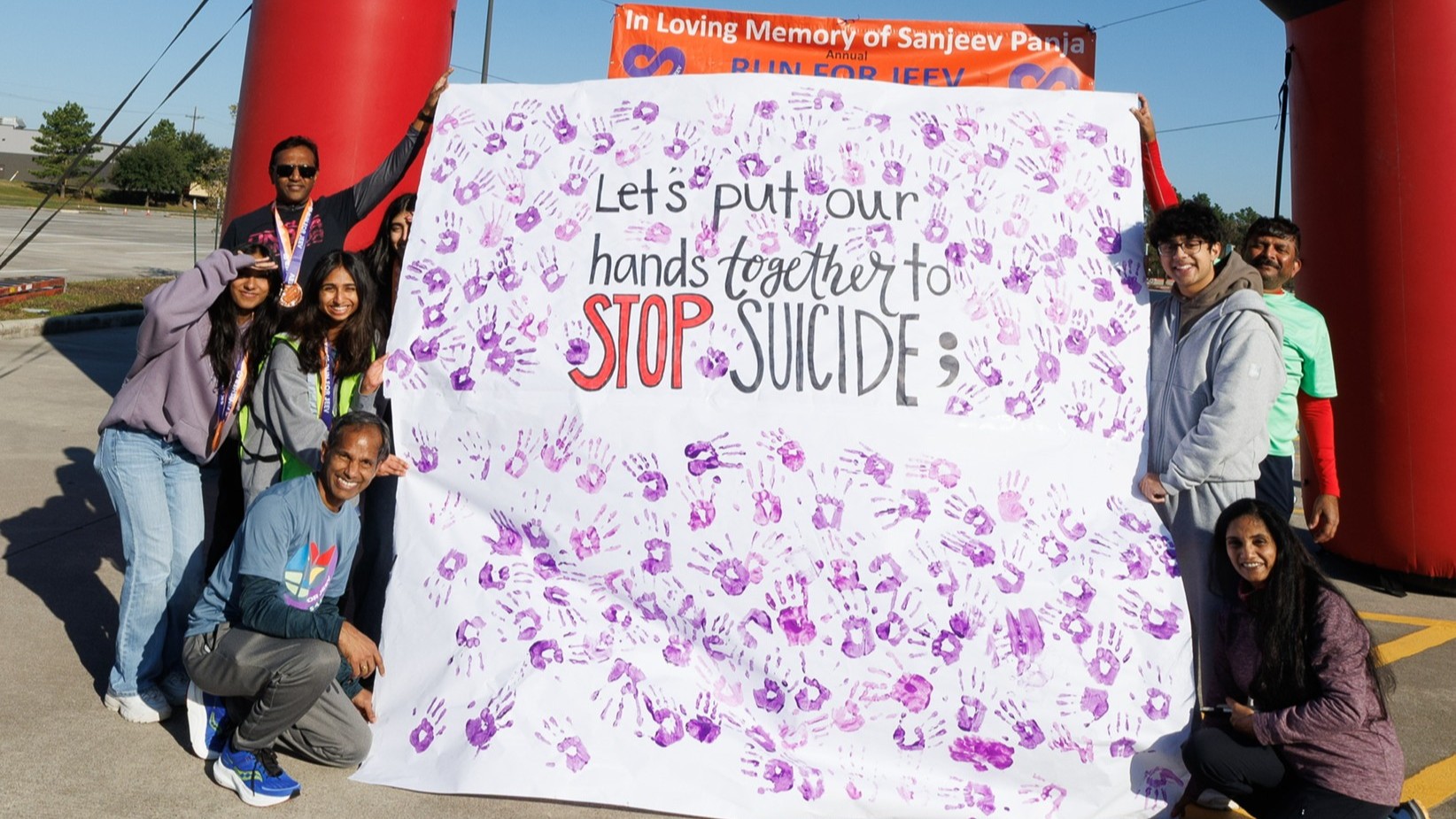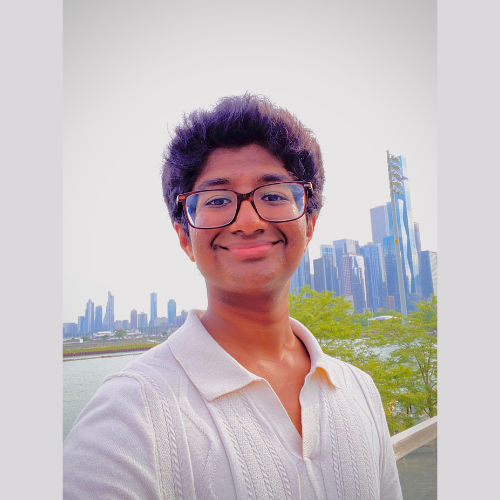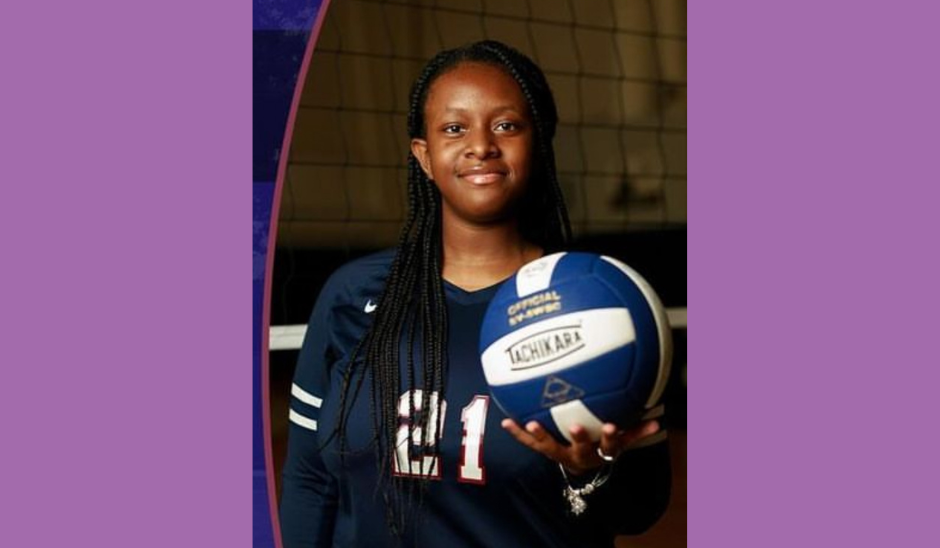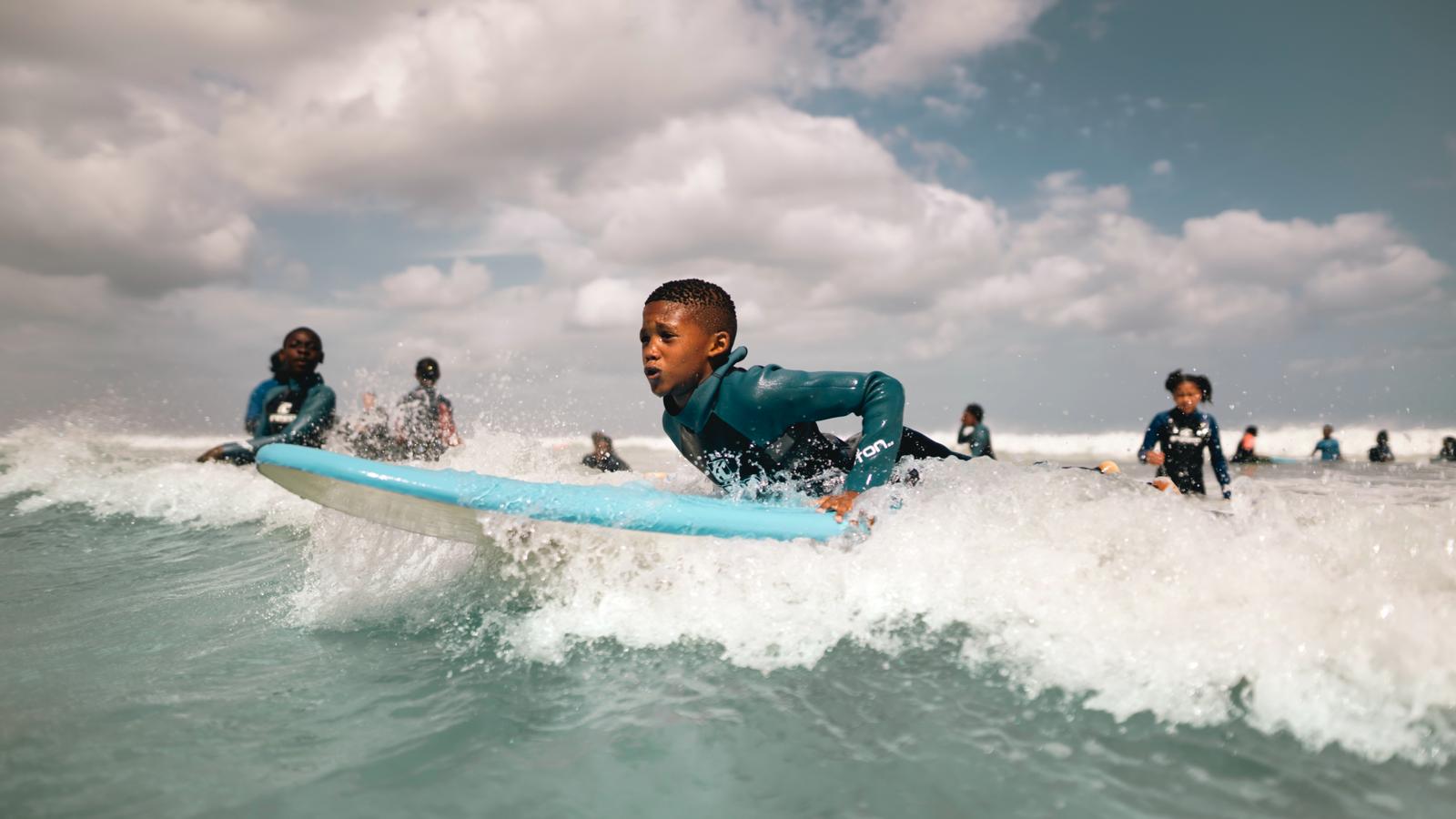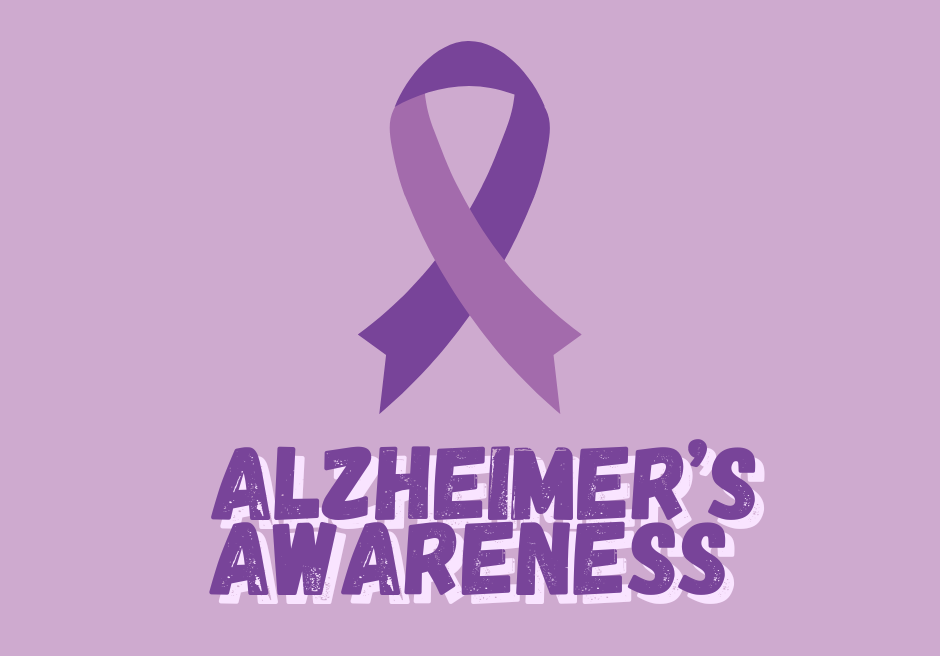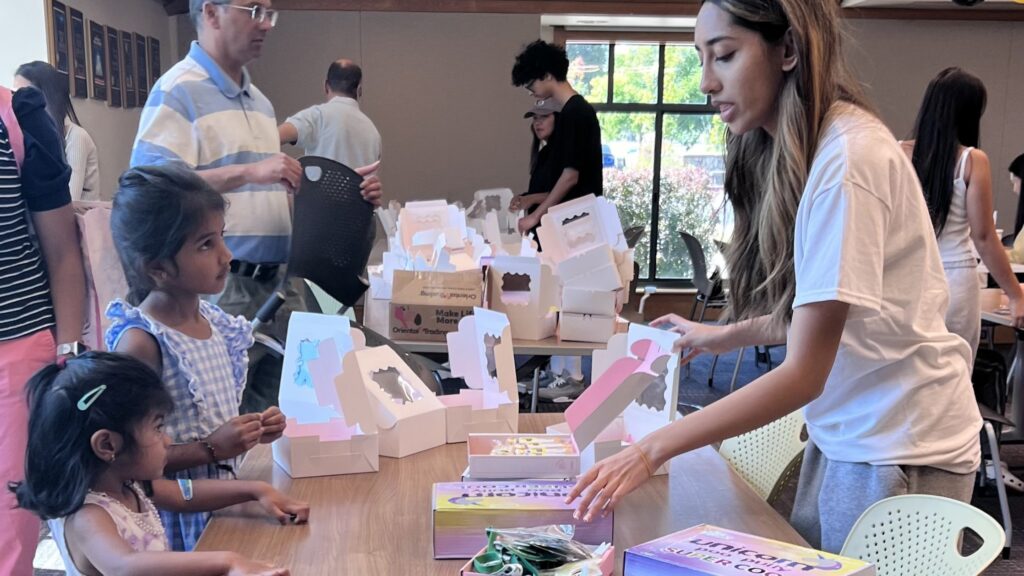
When I was 13, I often overheard hushed conversations behind closed doors. My parents would speak in worried tones to my older brother, who had just been diagnosed with depression. I didn’t fully understand what was happening at the time, but I could sense it. The heaviness. The silence. The way our home shifted. As an immigrant family, mental illness wasn’t something we talked about openly. In our culture, mental health was rarely acknowledged, and when it was, it was often dismissed. Growing up in the Bay Area, surrounded by a large Asian community, I saw this pattern everywhere: seeking help wasn’t just stigmatized. It was taboo.
A few years later, a 16-year-old in my community died by suicide, and I began to notice a pattern: most of the teens who committed suicide in my area were people of color. I couldn’t stop thinking about the struggles that led them there, and how cultural silence and financial inequity had built barriers between them and the care they needed. That shared grief within my community turned into purpose; I knew I couldn’t stay silent, and I had to support others like my brother and fellow community members.
What started as a small effort to support my brother has grown into one of the world’s largest youth-led mental health nonprofits. Today, Mind4Youth includes more than 20,000 volunteers across 70 countries, all united by the belief that mental health care is a right, not a privilege determined by race, income, or cultural background. Our mission is to normalize open conversations, expand access to care, and empower youth to become advocates in their communities.
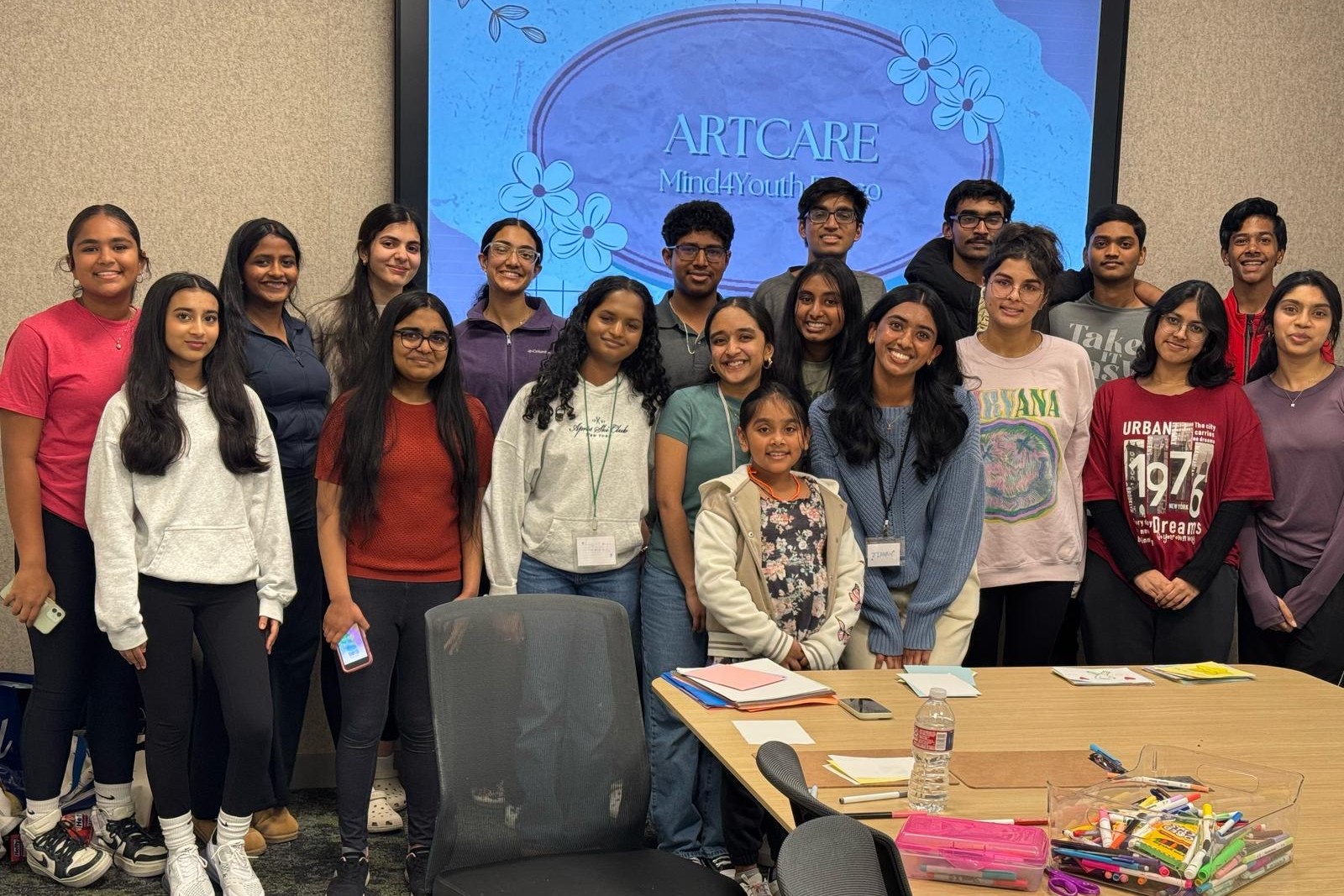
Our 106 chapters have launched school-based initiatives to educate peers through workshops, stress-management trainings, and self-care campaigns. In partnership with organizations such as the United Nations and BetterHelp, we’ve provided more than 1,800 free therapy sessions, reached over 2.4 million people through social media, and donated over 46,000 care items to underserved communities.
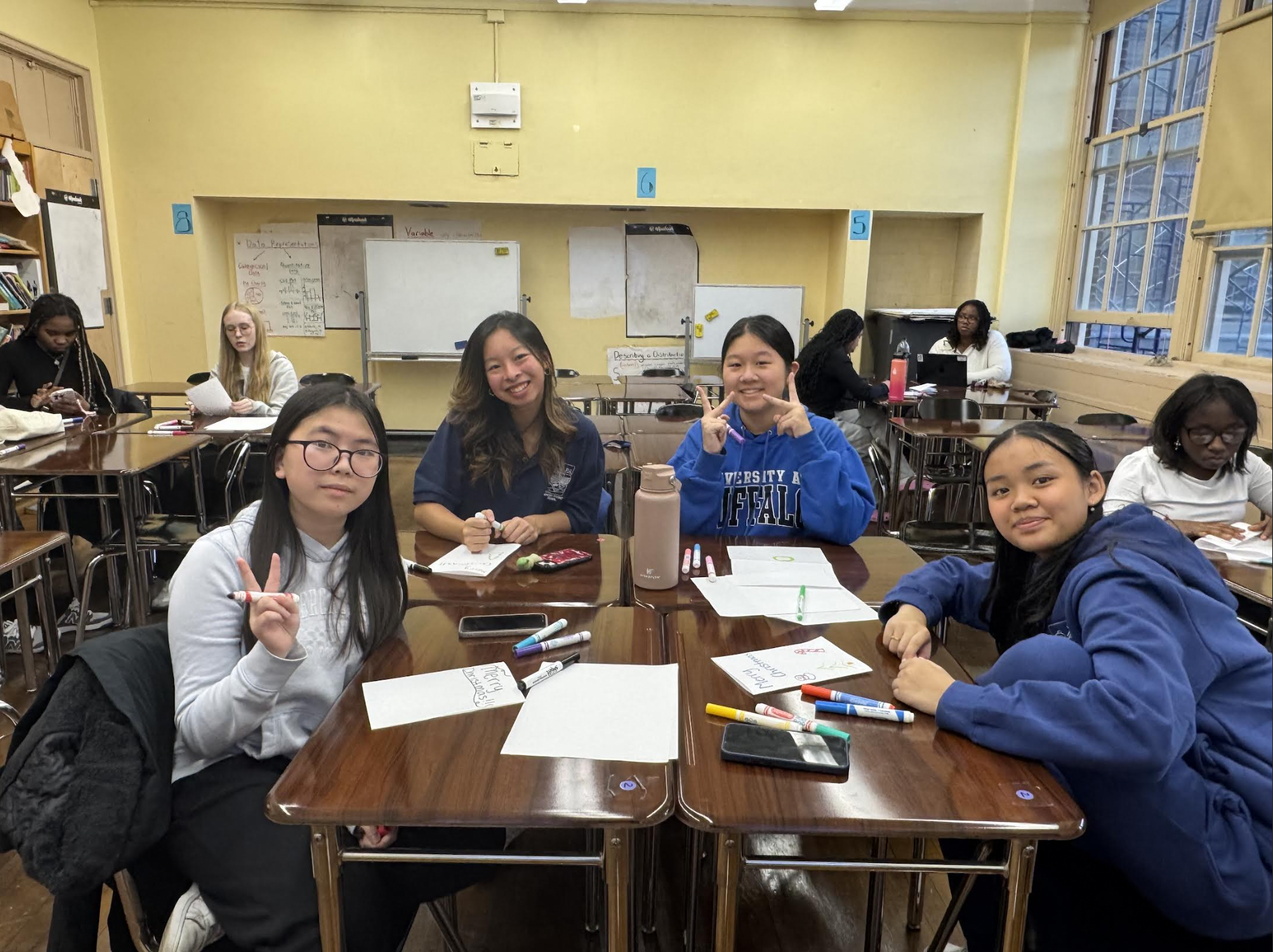
My favorite part of Mind4Youth has been its ability to diversify its impact to meet the needs of specific communities. We worked with companies to provide cosmetics for low-income youth in the LGBTQIA+ community and self-care products for girls and women who were survivors of rape and domestic violence. Seeing how our work can uplift someone not just through resources, but through the recognition of their identity and story, has been the most meaningful part of this journey.
The first initiative I launched was our Heart Care Program, which distributes self-care kits filled with calming soaps and mental health merchandise designed to initiate conversations and promote self-reflection. Over 3,500 kits have been distributed to shelters, schools, and hospitals across the country. At one of our events in a local library, a family approached us quietly. Their young son, who had special needs, noticed the kits we were assembling. When they asked if he could take one home, we handed him a bundle, and his whole face lit up. In that moment, I saw exactly what we were fighting for: not just awareness, but joy, dignity, and belonging.
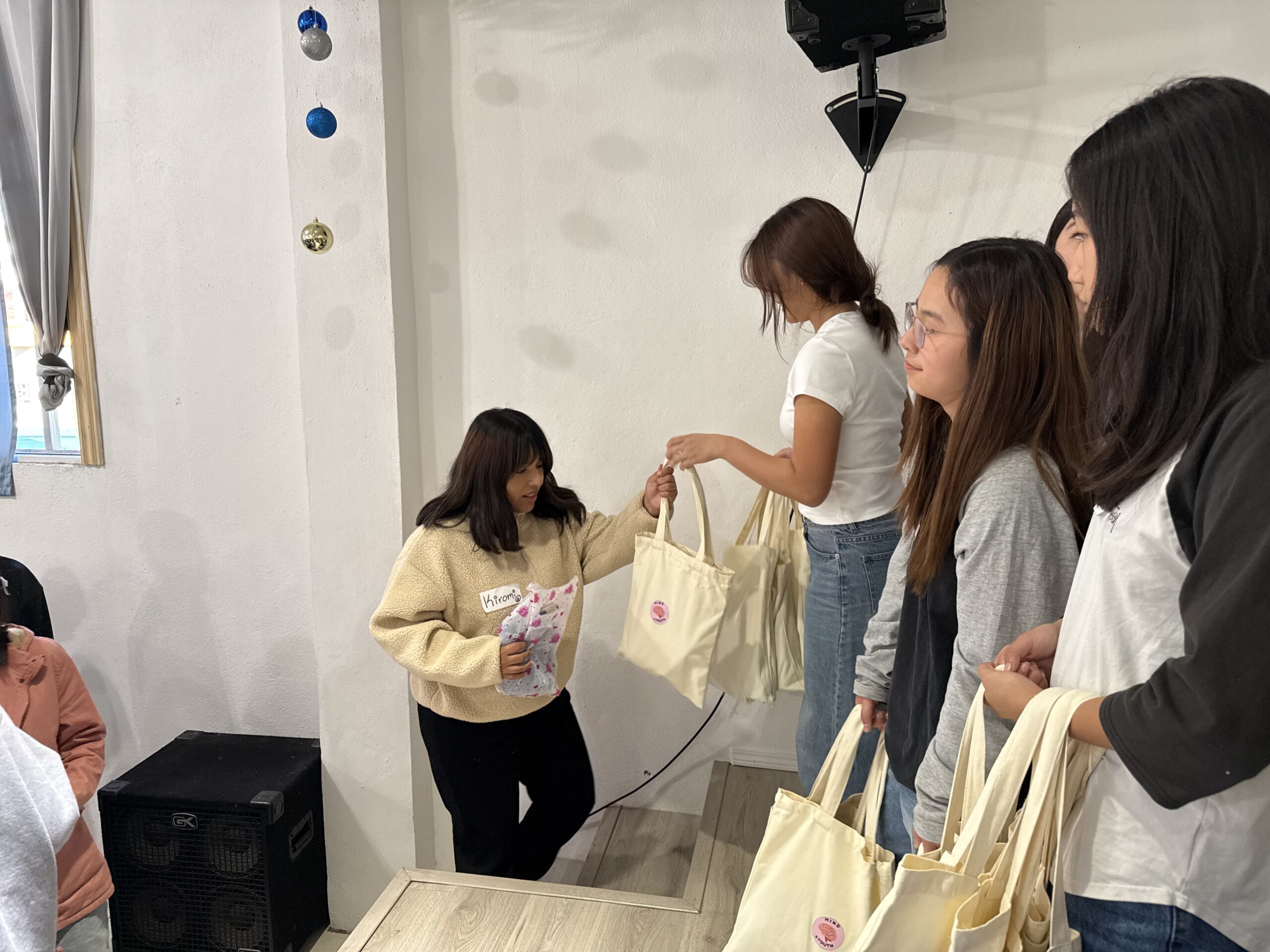
Mind4Youth has become more than an organization; it’s a community of young people who refuse to accept silence as the norm. In leading this movement, I’ve learned that behind every mental health struggle is a story waiting to be heard. And behind every story is someone longing to know they’re not alone. I started this journey to help my brother. But along the way, I found my voice and the courage to help others find theirs as well. As a finalist for the International Children’s Peace Prize and a Disney Dreamers Academy scholar, I carry those experiences not as accolades, but as reminders that youth are powerful. Our stories matter, and even in the darkest moments, change begins when someone dares to speak.










